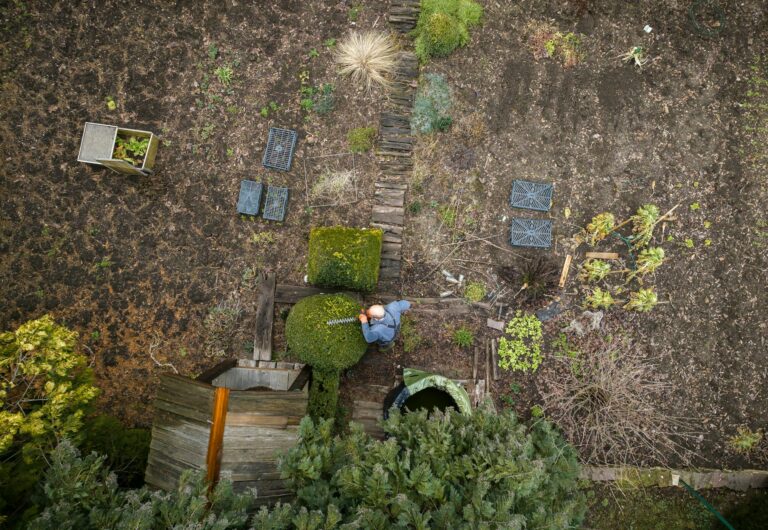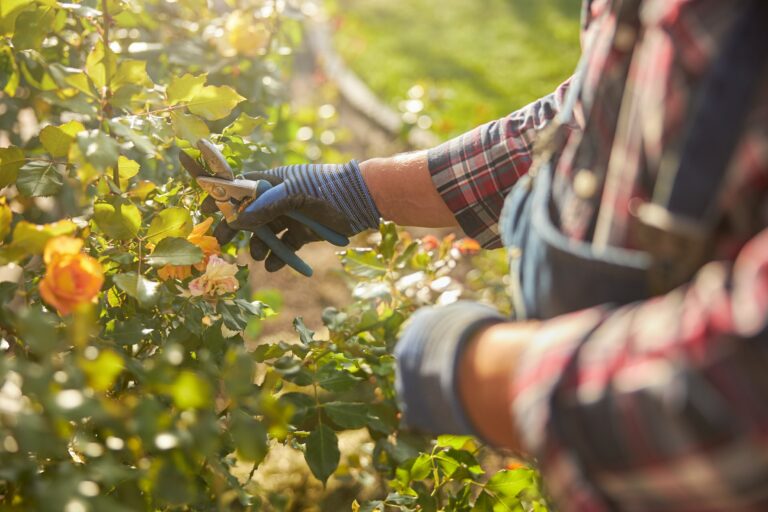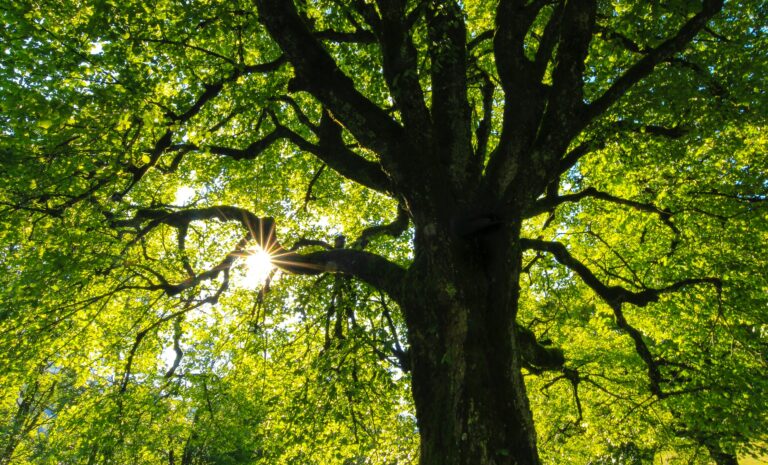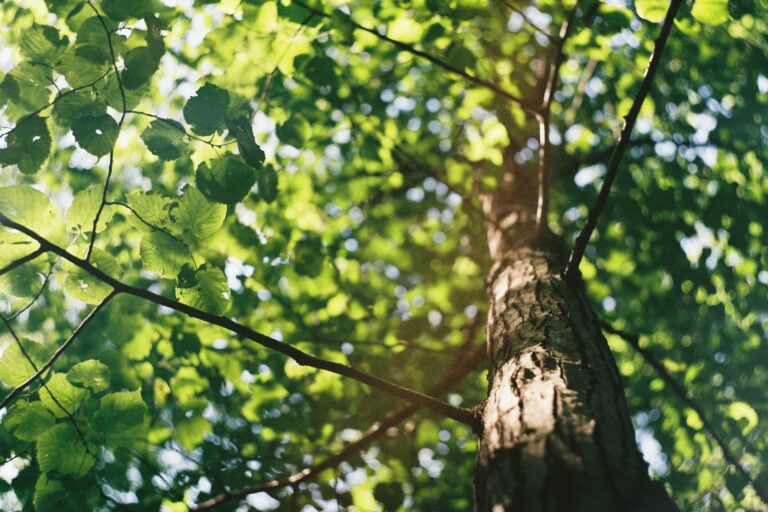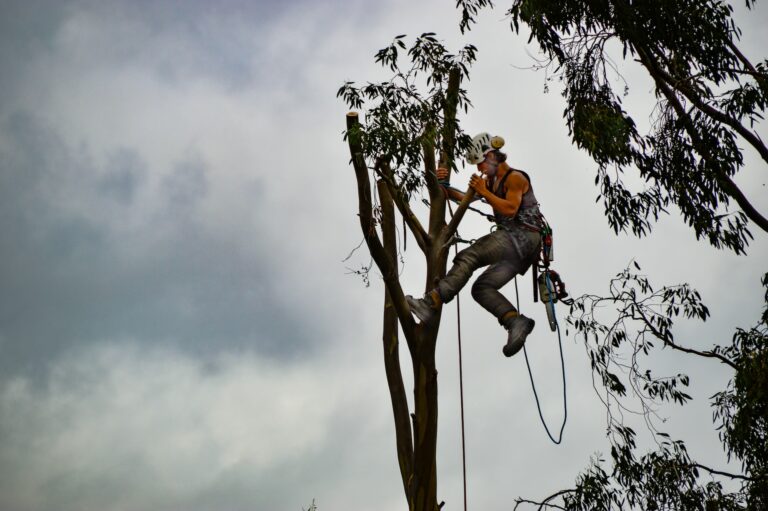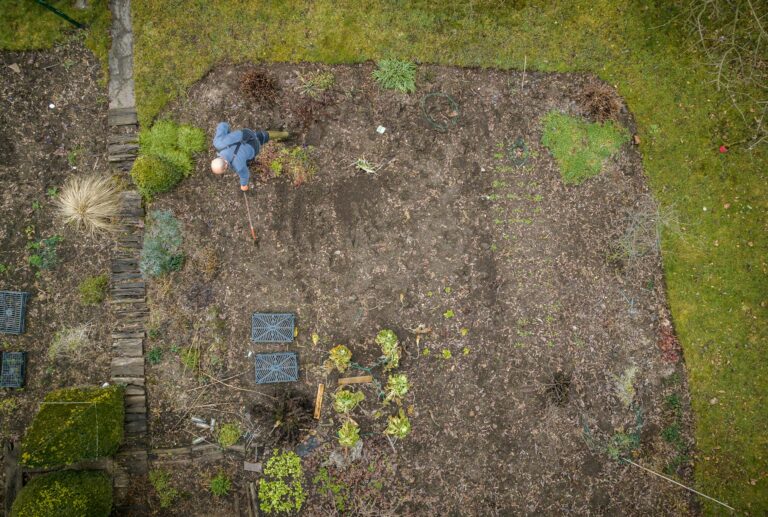Enhancing the Beauty and Value of Your Property with Trees
Enhancing the Beauty and Value of Your Property with Trees
As every homeowner knows, interior renovation styles are always changing and making updates helps the value of your home at sale time.
For years, a kitchen featuring oak cabinetry was the “in” thing, today most kitchens have cabinets, countertops and floors that are white. Separation between living rooms, dining rooms and kitchens was popular once, now most renovations are done to create one large living space. However, there is one item whose popularity hasn’t changed and is still proven to bring you higher home sale prices and it’s something you see before you even open the door. It’s mature trees and landscaping.
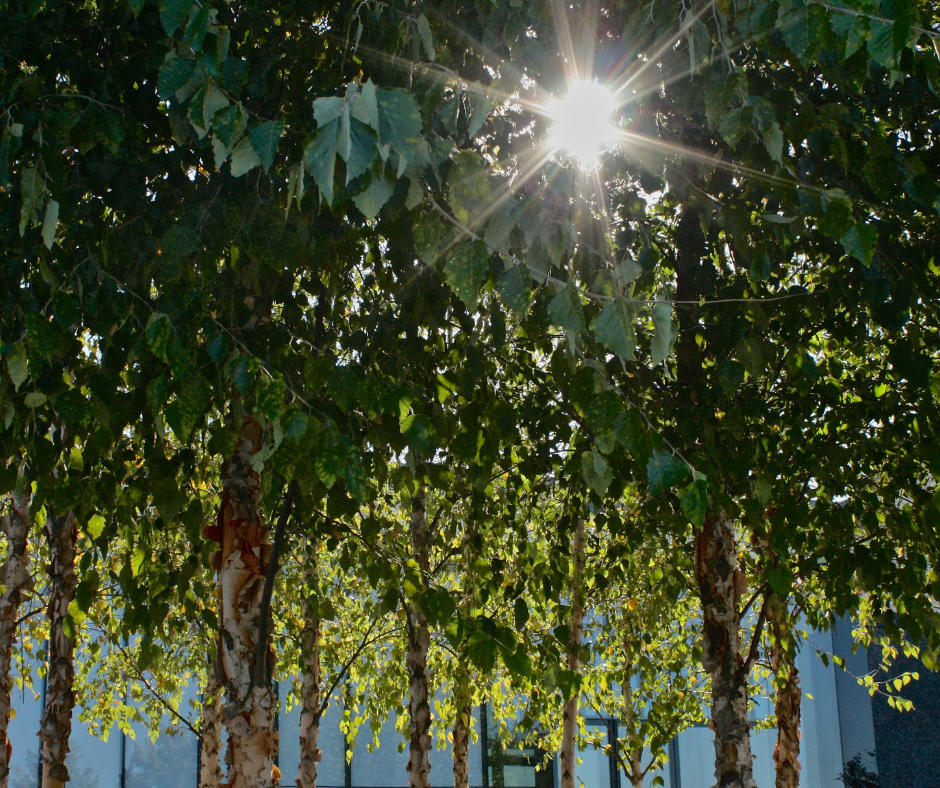
Mature Trees Add Value to Curb Appeal
Curb appeal is not only important as far as the looks of you home, a lot with well-manicured mature and healthy trees is always an asset at sale time. An article in Arborist News reports that homes with trees are generally preferred over homes with no trees and homes with trees can bring a 7% higher sale price than homes without trees. And in high-income areas a lot with mature trees can see a 10-15% increase in the sale price.
Your investment in trees starts with making sure you choose trees that will thrive in your zone. You will also want to make sure you can provide the tree it’s preferred light and soil type. It’s easy to find this information online. You can do a search for the USDA Hardiness Zone and find the zone area of the country where you live. Once you know the zone where you live you can start looking at trees.
Once you find the type of tree you want to purchase, you will also want the help of a professional and knowledgeable arborist to help keep your trees healthy and looking their best.
When it comes to plant and shrub care in Rock Hill, SC, homeowners should know this area is in the USDA Hardiness Zones 7b and 8a. Following are three trees sure to thrive in this region.
Types of Trees to Plant in USDA Zones 7b and 8a
No idea where to start? It’s not uncommon! However, you really should consider the River Birch, Bald Cypress and Flowering Crabapple. Each of these trees have something beautiful to offer in your landscaping plans and will be sure to add to the overall value of your home.
River Birch Tree
The River Birch is known for its unique ornamental peeling bark. Its bark is creamy white to pinkish brown to silver in color. When these colors peel, they reveal a reddish color underneath. In the fall, their leaves are a beautiful shade of yellow.
The River Birch is hardy and fast growing. It will tolerate both wetness and some drought and will do well in the shade. It can grow up to 80 feet high. A River Birch should be planted in the spring or the fall, and customers will find them at a nursery in containers or burlap balled. They like moist soil kept at a pH level between 5.0 – 6.5. If the level is not between these numbers, their leaves will yellow.
Bald Cypress Tree
Bald Cypress trees are popular ornamental trees in South Carolina landscapes. In the fall, its beautiful sage colored feathery foliage turns orangey brown to dull red. They are hardy and will do well in wet or dry environments. They can handle full sun or partial shade and like acidic soil. They can reach between 60 and 70 feet tall and have a spread of 20 -35 feet, but there are smaller varieties available for home landscaping.
Flowering Crabapple Tree
Flowering Crabapple trees are ornamental trees that will give your landscaping a bright burst of either white or pink in the spring. In the fall, they will give you a small tart fruit that can be eaten raw, used to make a delicious jelly, or left on the tree to bring in a variety of birds.
Flowering Crabapples will do well in full sun or partial shade where they will get at least six hours of sun. They prefer to be planted in acidic soil that has good drainage. If you are going to plant this tree yourself, expect to plant a burlap balled Flowering Crabapple tree in spring, summer or fall. When it comes to planting it, dig a hole twice the diameter of the ball and two feet deep and add peat moss to the native soil. Plant the ball to the same depth that it was in the pot. Add the soil around the root ball, tamp it down gently and water it well, but do not overwater. The best time to prune your Crabapple will be late winter or early spring when it is dormant.
What to do after you choose your tree
There are several considerations if you plan to plant your own trees as opposed to hiring professionals to do it for you. First, keep trees that have an invasive or spreading root system far away from any foundation, sidewalk, underground plumbing or swimming pool. You will also want to consider the expected size the tree will reach at its maturity, both in height and width as you may want to keep it away from your home or outbuildings. Also for consideration is your overall landscaping plan, paying particular attention to what you plan to plant under and around the trees and the needs for sun or shade of those plantings.
My tree is worth what?
If you are looking to buy a lot with mature trees, or if you already own property containing mature trees, you may never have thought about their worth, and you might be surprised at their value. As mentioned before, sellers can’t itemize the price of trees at the time of sale of a home, but real estate experts explain that they definitely add to the overall sale price of a home. However, what may be of interest to you is their value if they are ever damaged or killed.
An article in Money Magazine quoted the Purdue University Dept of Horticulture. They said the highest valued trees are Colorado Blue Spruces, American Beeches, Sugar Maples and White Firs. They assess that a Sugar Maple with a 10-inch diameter trunk would be valued at $3,500.
The article also referenced a tree risk appraisal and assessment professional about a recent appraisal he made for an HOA. It was a White Oak that he valued at over $79,000. This valuation is important for reasons of insurance. If the tree were killed by a third party, the HOA could seek this amount in damages.
Another consideration after you have made the investment in trees is to find someone to help you properly care for them. Trees not only need proper pruning for their health, they also thrive better with a regular fertilization program. Getting rid of dead branches on trees is very important. Proper trimming helps maintain tree shape and structure and helps to avoid the spread of disease.
The smart homeowner will find a professional to help with proper plant and shrub care in Rock Hill, SC such as Niwaki Tree and Shrub. They have the knowledge and experience to help you pick out the right trees and shrubs to enhance your home, curb appeal and increase your home’s value.

